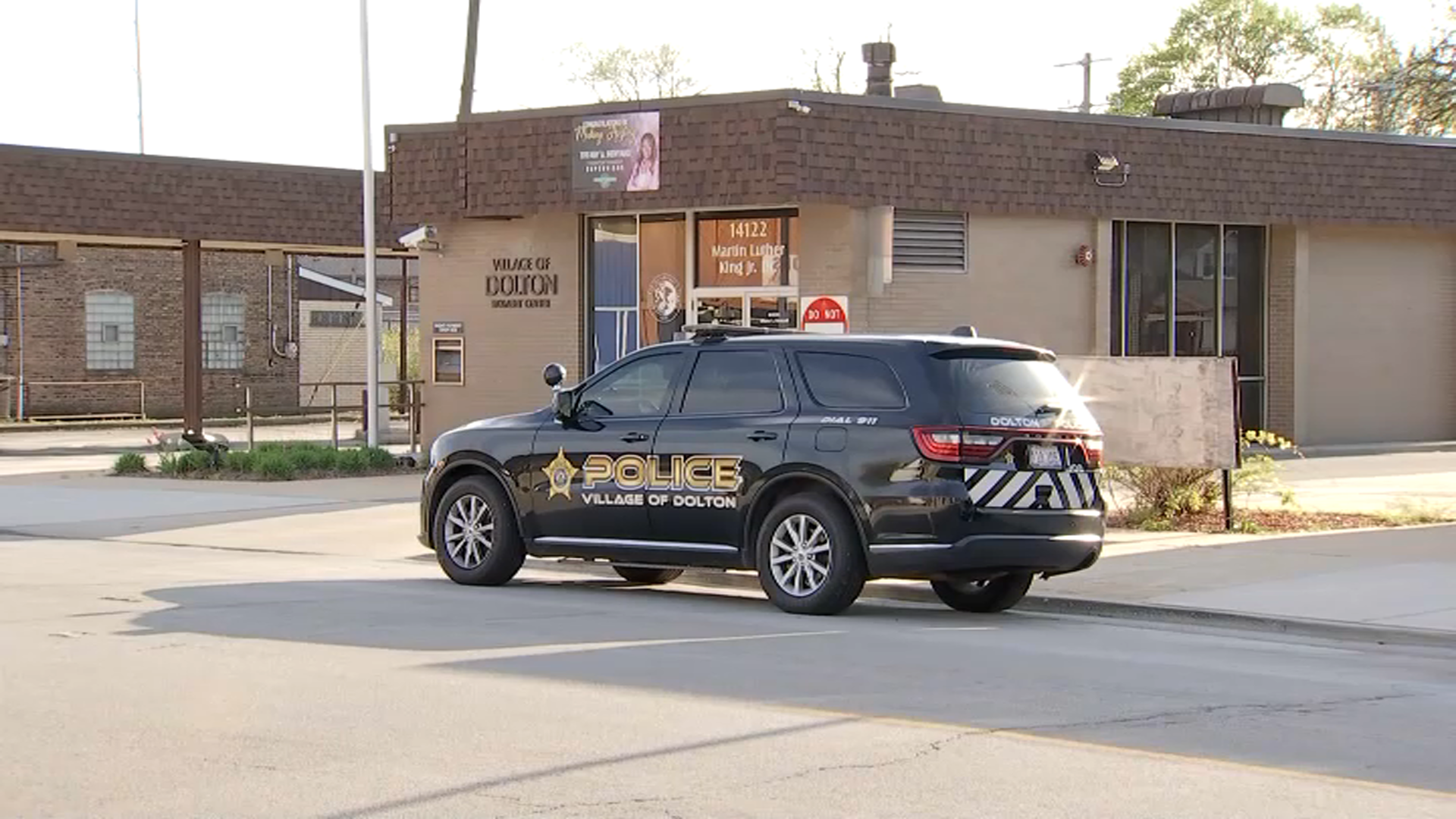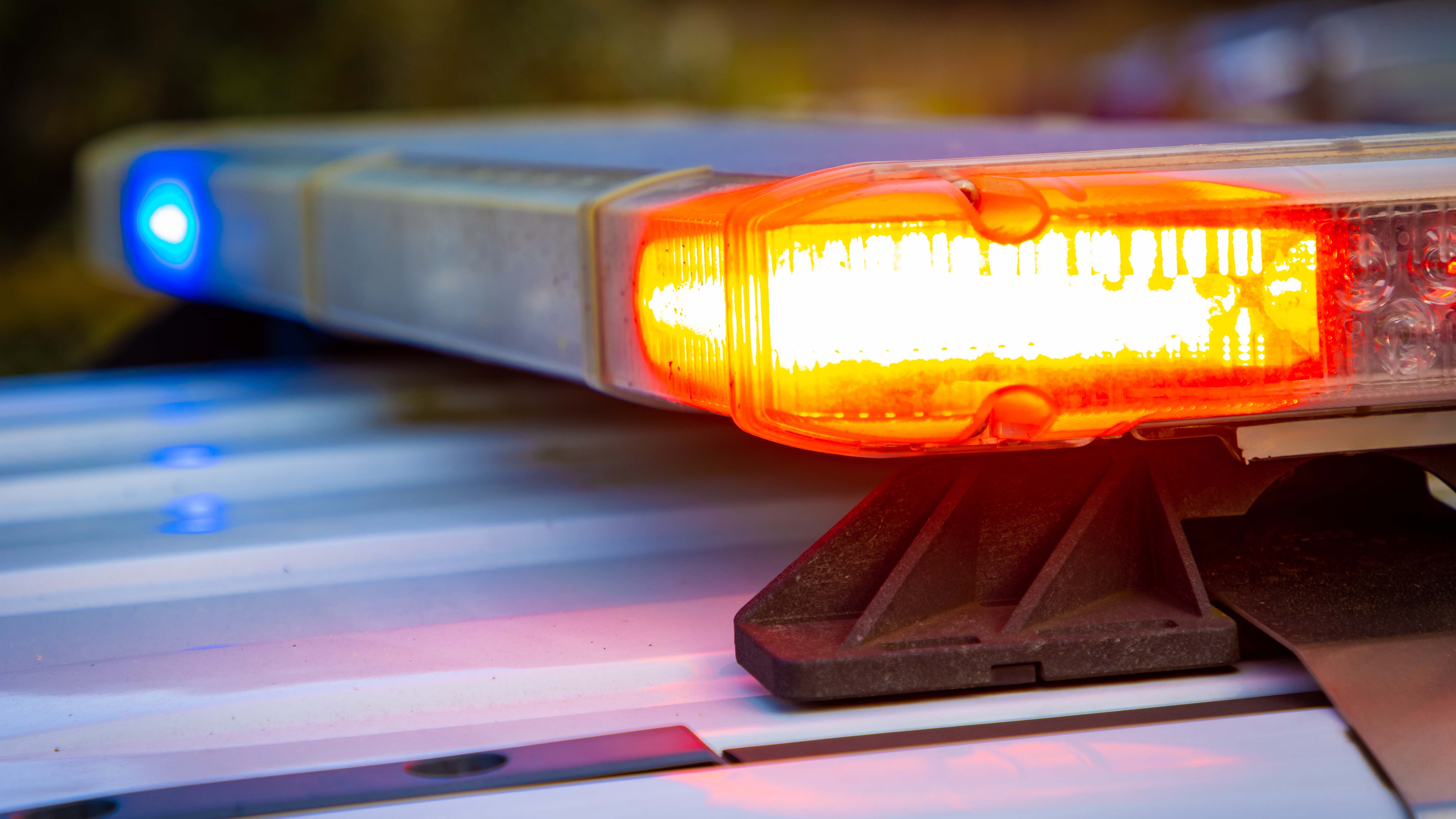It might be one of the more "average" showers in terms of meteor count, according to the Adler Planetarium, but it's the first meteor shower of spring.
And, it should be visible across the Chicago area — as long as it isn't too cloudy.
One of the oldest known meteor showers according to National Aeronautics and Space Administration, the annual springtime Lyrids shower has been observed for 2,700 years.
The Lyrids are known for their fast and bright meteors and frequently leave glowing dust trains behind them as they streak, NASA says.
Feeling out of the loop? We'll catch you up on the Chicago news you need to know. Sign up for the weekly Chicago Catch-Up newsletter here.
Here's The Best Place in Chicago to See This Weekend's Lyrids Meteor Shower
This year, the shower is expected to be visible April 22 and April 23 in the Chicago area, with a peak of around 10 to 20 meteors per hour.
It will be best viewed "under very dark, very clear skies," a blog on the Adler Planetarium site reads.
Local
"This year the Lyrids are forecast to peak during the daylight hours of April 22; so the best times to watch for Lyrid meteors this year are most likely during the early-morning darkness on April 22, and again during the early-morning darkness of April 23," the planetarium says.
"The Moon rises two to three hours after midnight on those dates, which will blot some of the fainter meteors from view."
Best Times to View the Lyrid Meteor Shower Over Chicago
Experts said the best time to gaze at the iconic shower will be in the early morning darkness Friday or Saturday.
According to timeanddate.com, a website that documents and predicts how to watch celestial events across the world, shower visibility shifts from "poor" to "good" starting around 10 p.m. Thursday. Visibility is expected to remain good until around 1:40 a.m. early Friday.
Overnight Friday into Saturday, the visibility will be even better.
Beginning around 9:03 p.m. Friday night, visibility will be "very good," and then shift to "excellent" around 9:30 p.m. Visibility is expected to remain "excellent" until early Saturday, around 3:00 a.m.
The planetarium suggests viewers should stray away from city lights and face east while looking up. Since showers can stretch across the sky, binoculars or telescopes are not needed.
According to the American Meteor Society, the meteors are "caused by streams of cosmic debris called meteoroids entering Earth's atmosphere at extremely high speeds on parallel trajectories."
The society noted that both the Lyrids, peaking this week, and the eta Aquariids, peaking May 4-5, showers are some of the most visible, should the time and moonlight conditions allow.



